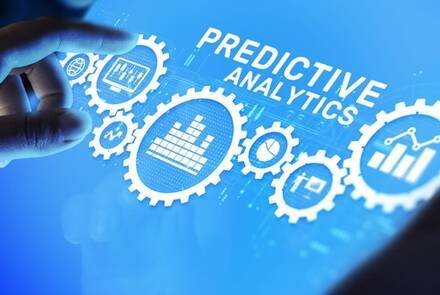2024 Digital Transformation Trends
As technology evolves at an unprecedented pace, the landscape of digital transformation is poised for continuous innovation. This article explores the anticipated developments and trends that are expected to shape the future of digital transformation.
Artificial Intelligence (AI) Advancements
- Explainable AI (XAI): Increased focus on making AI systems more transparent and understandable, addressing concerns about biases and decision-making processes.
- AI-powered Automation: Expanding automation capabilities across industries, streamlining processes, and enhancing efficiency with advanced AI technologies.
Edge Computing Expansion:
- Decentralized Processing: Widespread adoption of edge computing for faster data processing, reduced latency, and enhanced efficiency in real-time applications.
- Edge AI Integration: Integration of AI capabilities at the edge, enabling devices to process and analyze data locally, reducing dependence on centralized cloud systems.
5G Integration and Connectivity
- Ubiquitous Connectivity: Full-scale deployment of 5G networks, fostering seamless connectivity and enabling innovative applications such as augmented reality (AR) and virtual reality (VR).
- IoT Acceleration: 5G's high bandwidth and low latency driving the proliferation of Internet of Things (IoT) devices and applications across industries.
Hybrid and Multi-Cloud Solutions
- Flexible Cloud Architectures: Widespread adoption of hybrid and multi-cloud models for enhanced flexibility, scalability, and efficient resource utilization.
- Edge-Cloud Integration: Integration of edge computing with cloud services, creating a cohesive and responsive computing infrastructure.
Cybersecurity Evolution
- Zero Trust Security Models: Continued emphasis on zero trust security frameworks, ensuring security measures are implemented at every level of the digital ecosystem.
- AI-driven Threat Detection: Integration of AI in cybersecurity for proactive threat detection, rapid response, and adaptive security measures.
Blockchain Applications Beyond Cryptocurrency
- Supply Chain Transparency: Increased use of blockchain for supply chain management, ensuring transparency, traceability, and authenticity of products (See also: 5 Ways Blockchain is Being Used Today).
- Smart Contracts: Wider adoption of smart contracts for automating and securing contractual agreements in various industries.
Human Augmentation Technologies
- AR and VR Integration: Greater integration of augmented reality (AR) and virtual reality (VR) in various sectors, enhancing training, design, and customer experiences.
- Biometric Enhancements: Advancements in biometric technologies, such as brain-computer interfaces and prosthetics, leading to innovative applications in healthcare and beyond.
Sustainable and Green Tech Initiatives
- Tech for Environmental Impact: Increasing focus on utilizing digital transformation to address environmental challenges and promote sustainability.
- Green Data Centers: Adoption of eco-friendly practices in data centers, utilizing renewable energy sources and energy-efficient technologies.
Conclusion
Anticipating the future of digital transformation involves staying attuned to the rapid advancements in technology. As we look ahead, the convergence of AI, 5G, edge computing, cybersecurity measures, and sustainable practices will define the next chapter of digital evolution. Organizations that embrace these trends are poised not only to adapt to change but also to lead innovation in an increasingly interconnected and dynamic digital landscape.
For more information about Trigyn’s Digital Transformation Services, Contact Us.






